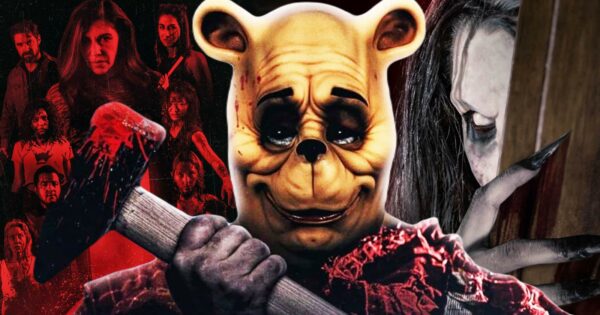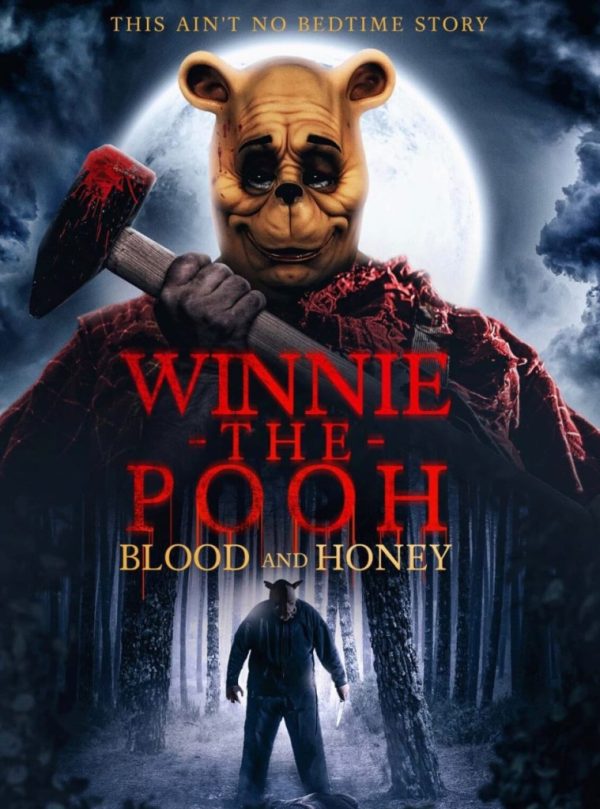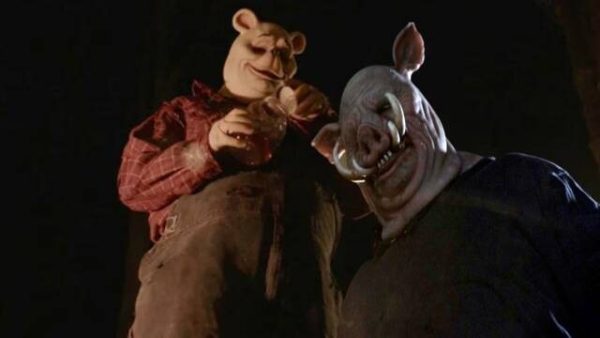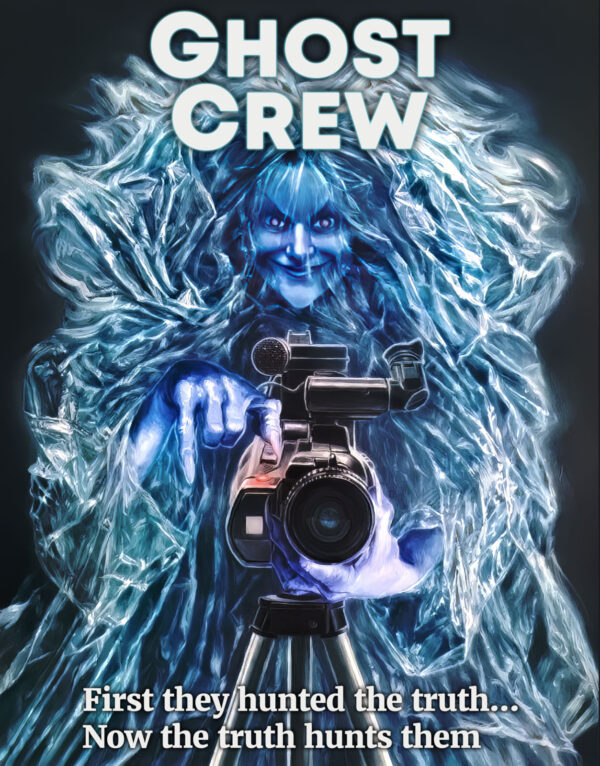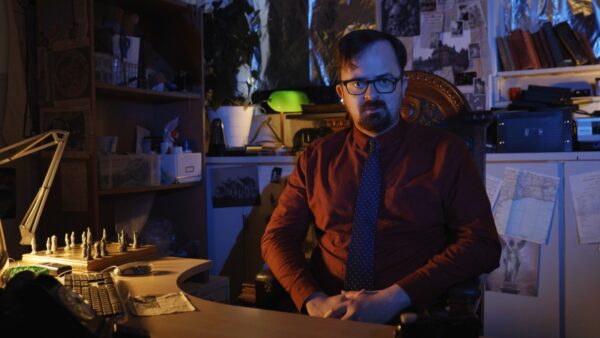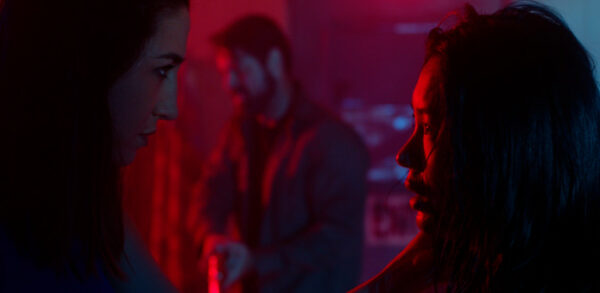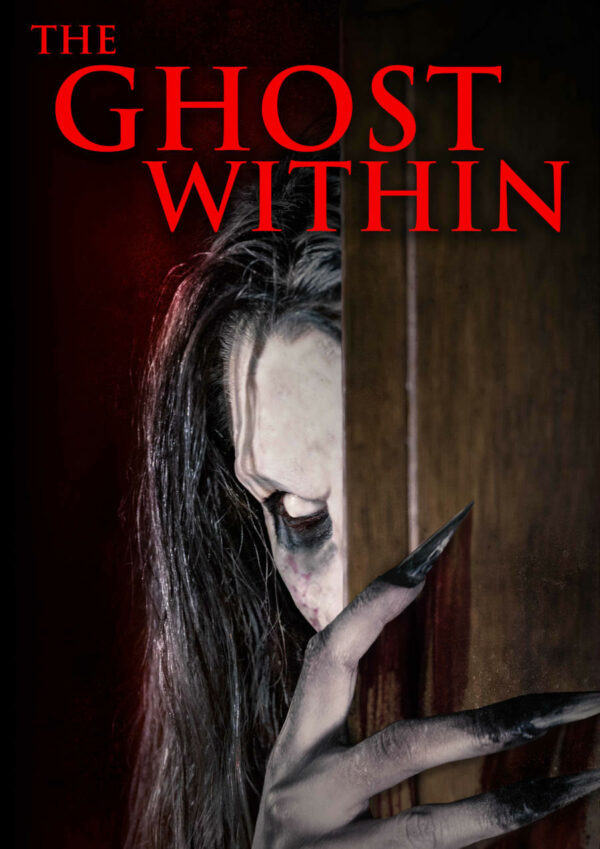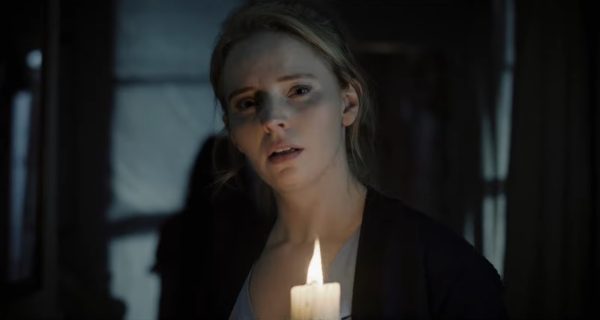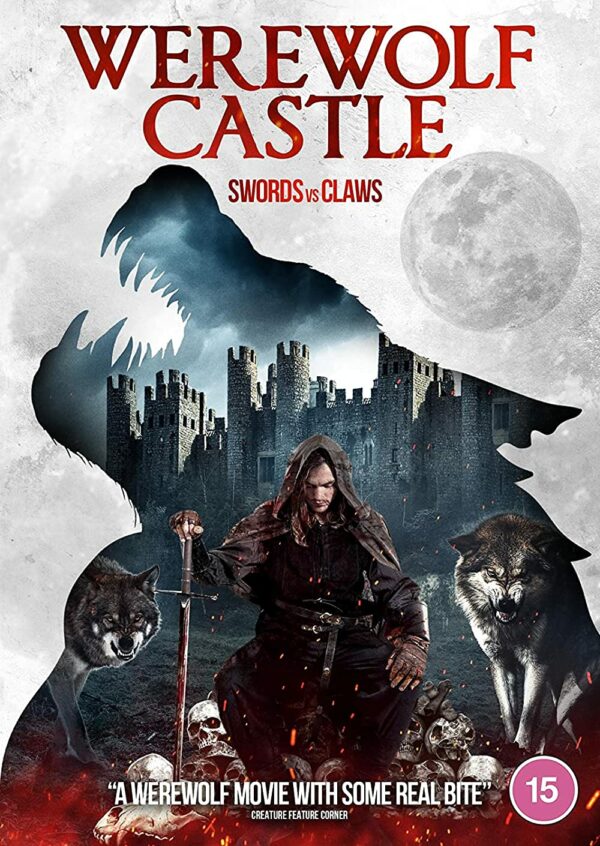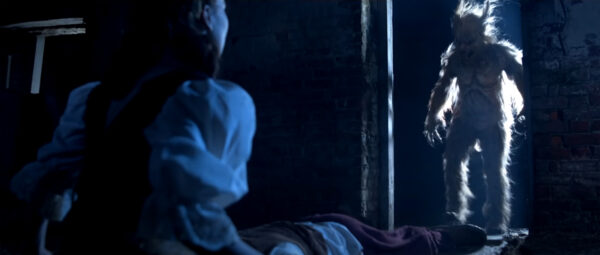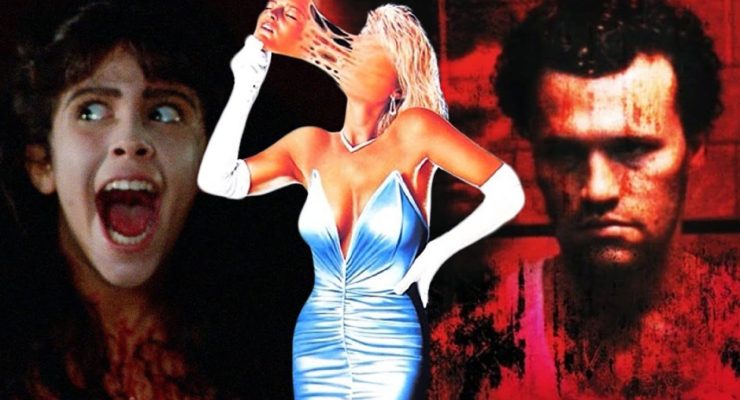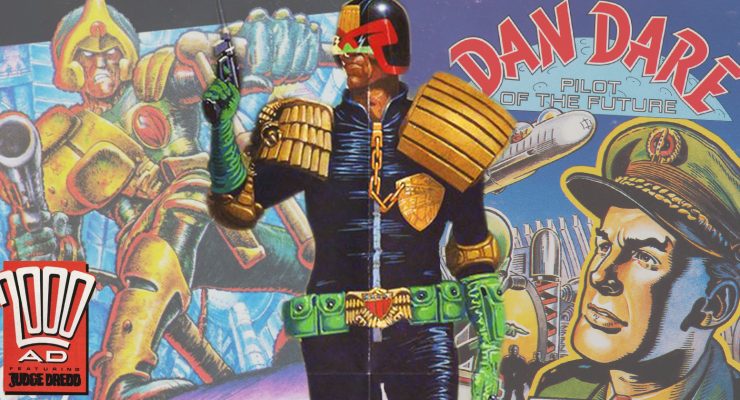As Flickering Myth launches into the world of microbudget film production, we look at five recent microbudget horror movies you need to see…
Making movies is tough. Right now the differential between the big studio pictures and what is below seems to be huge. It’s a near-unjumpable chasm between $5 million budgets and that limited pool of films which cost over $100 million. Then you’ve got the micro-budget level. What constitutes a microbudget? Well, how long is a piece of string?
As it is, though streaming has effectively driven down the purchase value of films, and thus the sureness of finance for rogue upcoming indie filmmakers, it has also widened the distribution options hugely. This means that many have to beg, (hopefully not) steal and borrow to scrape enough pennies together and willing participants to put together a film and there’s (passing quality control permitting) always a place to put it…and if you don’t pass QC, there’s always YouTube.
Every now and again a microbudget film overperforms hugely. Think back to The Blair Witch Project, Paranormal Activity and more recently Terrifier (and more so its sequel) and Skinamarink. Inevitably the biggest successes lead to a swathe of copycats and every wildly successful found footage horror (an effective micro staple) leads to dozens in its slipstream but, whether slated or adored by critics, they give the rest of us in the indie filmmaking arena hope.
As we gear up to enter the world of indie filmmaking ourselves with The Baby in the Basket – a gothic horror starring Maryam d’Abo (The Living Daylights), Paul Barber (The Full Monty), Amber Doig-Thorne (Winnie the Pooh: Blood and Honey), Annabelle Lanyon (Legend, Dream Demon), Michaela Longden (Jack in the Box: Awakening, The Ghost Within) and Elle O’Hara (When Darkness Falls, Memories of Another) – let’s take a look at the talk of the microbudget town of late…
Winnie the Pooh: Blood and Honey
No sooner did word get out about this horror version of Winnie the Pooh, than it went madly viral. By this point, it had been shot, likely in keeping with the previous works of British indie producer Scott Jeffrey’s previous works. He’s the hardest working fella in the business, following a trail blazed by the late great Andrew Jones, in producing movies for well under $100k (closer to $30k), and in most cases with distribution already secured. Winnie the Pooh: Blood and Honey, it would have been hoped, would gather interest but Jeffrey and writer/director/producer Rhys Frake-Waterfield probably thought more than usual interest might have meant one or two festivals and a tidy impact on AVOD (advertising video on demand).
Quite the level of viral buzz they did receive must have been a massive surprise, but that led to additional shoots, increased promotion and higher hopes. The fact it kept building to a worldwide theatrical run, grossing over $4 million (and counting) in theatres alone is amazing. This is on a budget reputed to be somewhere between 30 and 100k but more likely the lower end of that scale. Likewise for them at least, it was shot on a luxurious 12 days (it’s usually around 7). In the end, it was worth the death threats and vitriol in some corners, as horror Pooh fans have accumulated to a level you can probably call cult now.
It’s a simple slasher that isn’t without tongue in cheek that isn’t nearly as bad as some reviews have suggested, but this is not only a curse of being a horror film, but also being in the theatrical arena against films (in some cases) 3000% bigger in budget. A typical studio horror might only be 100 times Pooh’s budget and it’s judged against them. Thanks to great photography from Vince Knight (who has lensed a gamut of films from micro up to smaller studio films, and my recent Renegades), a great score from Andrew Scott Bell and a game cast (with Amber Doig-Thorne), it does what you would expect from a gruesome horror in the woods…that happens to have Pooh and Piglet (in wholly un-Disney versions of them).
Does it make the most of the concept? Perhaps not, but another hundred grand might have fixed that.
Ghost Crew
Scottish Indie horror specialist Lawrie Brewster and his Hex Studio have been crafting an eclectic mix of projects over the years. He’s dipped into gun-for-hire work such as Dragon Knight last year but is certainly most at home paying homage to Hammer, folk horror and all things Gothic. Right now Brewster appears to be underway with an ambitious project to create his own Scottish film studio that will not only act as a base for his own works but help aspiring indie filmmakers bring their projects to life.
If Brewster found indie-level infamy for Lord of Tears (featuring Owl Head) and continued creating ghostly gothic films like The Black Gloves and sorely underrated The Devil’s Machine, then Ghost Crew feels like a less elaborate gap filler. It’s not churned out by any stretch, and whilst it’s not a gap filler that hits par as well as Coppola’s The Conversation, it’s not without merits.
It’s an intriguing mix of found footage horror staples mixed with mockumentary that slowly lures us into David Brent goes ghost hunting before implementing some interesting character development for our ghost host (played by the film’s writer, Tom Staunton a regular Brewster cohort). It never veers into farce, keeping the comedy from teetering too far into a sitcom, but as the film progresses and the desperation and dread creep in, Staunton excels. Likewise, Megan Tremethick is excellent throughout, with one scene, in particular, being really powerful. She’s the Liv Ullman to Brewster’s Bergman.
I realise I’ve made comparisons to Bergman and Coppola, and he’s yet to bribe me. I may have got this the wrong way around. Still, Brewster continues to produce interesting works, now seemingly opting for self-distribution and retaining full autonomy in his works.
Craving
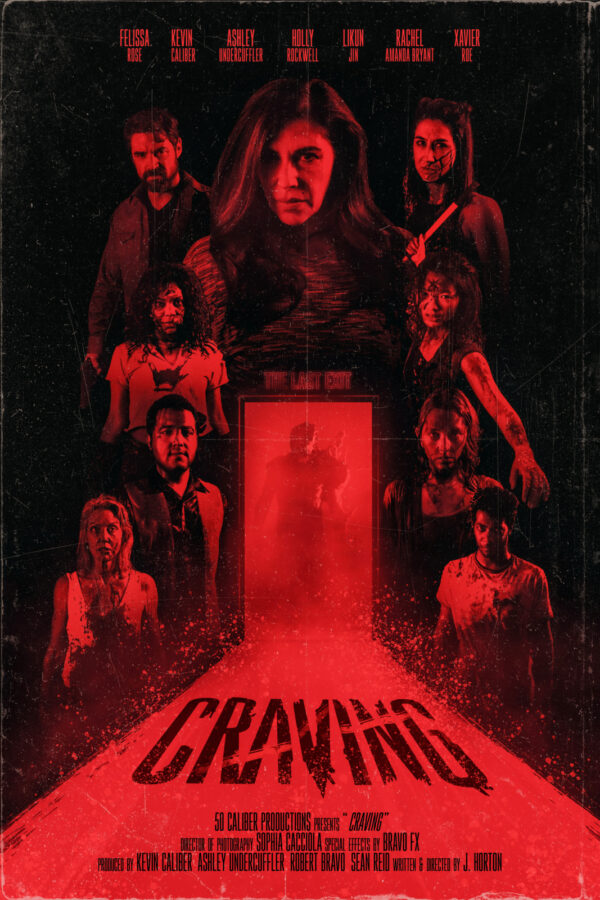
Jason Horton has made a lot of movies, beginning with narrative films that ranged from his own works to working as a director for hire, before he branched out into a few years of making documentaries and self-distributing them. If you’re an aspiring indie filmmaker and you haven’t heard of Horton yet, you should be looking him up as his YouTube channel is a veritable goldmine of useful information on everything from the benefits of Filmhub to the ins and outs of making and distributing your films. He’s been featured on Film Courage offering those same insights.
Last year Horton took a leap back into horror films, crowdfunding a Dusk til Dawn meets VFW-esque, old-school horror film called Craving… which brings us to another essential modern micro-budget film: Yes, Craving. Horton had talked the talk on his channel, accrued a small but loyal fanbase and hit crowdfunding to walk the walk. It paid off.
Of course, getting the green to make your scene(s) is one thing, delivering a decent film is quite another but Horton (who directs and co-writes with Gregory Blair) and his crew did just that. The film is proudly loyal to practical effects that would get a tip of the cap from Rick Baker. Horton builds slowly, teasing back story through flashbacks that albeit a few too many, don’t detract from a last act of bloodletting and insanity. He’s certainly swept a big chunk of his near 100k budget toward the latter half of the film. It’s all lensed in majestic Mandy violets, reds and blues, set largely (at least in the present) within a small dive bar packed with a host of cast members clearly having a ball, particularly Ashley Undercuffler and Rachel Amanda Bryant.
Ultimately the film is further proof, were it needed, that Horton not only talks a good game but when making a passion project, delivers.
The Ghost Within
Playing out like a mix of J horror, Hammer and the James Wan ghost film era, comes The Ghost Within from Fowler Media. Lawrence Fowler (along with brother Geoff who co-wrote this), gained some acclaim within indie horror circles for his Jack in the Box series (two films out with another on the way). If those appeal to the populist Tubi crowd looking for bloodletting and a distinct villain, The Ghost Within wants to deliver something with a bit more drama.
Where the Fowlers differ from some British rivals, is that they’ve generally delivered more consistent quality rather than production line quantity, making films their way. Those budgetary constraints though certainly there aren’t as immediately obvious as something like a film I wrote called Mega Lightning that got (much to my delight I might add) roasted on Red Letter Media.
Even if the ultimate final reveals are born from a well-worn path of similar, The Ghost Within is ultimately satisfying thanks to its leaning to psychological drama, patient build-up and effective scares when necessary. Michaela Longden has to hold long stretches of the film herself, a difficult task for any actor, but one she manages brilliantly and I know well of that ability having cast her in When Darkness Falls, where she likewise must hold the film solo in key scenes.
Much like a lot of these indie films, whether this picks up the audience it deserves remains to be seen, but hopefully, it won’t get lost in the sea of Tubi releases given its put together with professional sheen and a gloss that punches well above what the budget probably was.
Werewolf Castle
Charlie Steeds has forged a steady career in low-budget horror filmmaking in a short space of time. His reliable ability to deliver staple horror fare on shoestrings means we’re seeing a steady 2-3 films a year (though he’s some way off matching Scott Jeffrey who can produce up to 30). He’s nothing if not diverse in his sub-genres and influences too, from reverence to Hammer horror to Grindhouse to his own Lovecraftian horror recently, Freeze.
He’s pumped out a few Werewolf films in recent times too. Note to indie filmmakers: reuse your prosthetics and costumes wherever possible. Werewolf Castle sees a group of Knights making a treacherous trip to the King in search of aid to ward off a band of Werewolves ravaging the land and their village. Thorfinn (Peter Lofsgard) has lost his family and his girlfriend (the aforementioned Megan Tremethick) in the latest attack and is the only one who knows the safest routes across the land.
Werewolves inevitably attack and Steeds adeptly gives the illusion he’s got 6 costumes at his disposal rather than a couple as is probably the case. The Hammer vibe is definitely here, alongside old campy Viking and Knight films of the 50s. It’s a fun film with enough blood and carnage to satisfy Friday-night horror streamers. As the chief werewolf villain, Reece Connolly has a ball. The title probably promises more castle than we actually get but bruh…Castles are expensive. I once had to write a film featuring a castle for which we only had enough budget for a day. Joys of microbudgets (and in the end our castle was nixed entirely).
As for Steeds, his Dark Temple Motion Pictures is becoming a cornerstone of microbudget horror production in the UK, even if like many of us Brits, he’s probably making films primarily for the US and European markets as the home territory goes a little limp. In spite of this, Steeds is never afraid to wear British influences on his sleeves.
What’s your favourite microbudget horror from recent years? Let us know on our social channels @FlickeringMyth…
Tom Jolliffe is an award winning screenwriter and passionate cinephile. He has a number of films out around the world, including When Darkness Falls and Renegades (Lee Majors and Danny Trejo) and more coming soon including War of The Worlds: The Attack (Vincent Regan) and The Baby in the Basket. Find more info at the best personal site you’ll ever see here.
